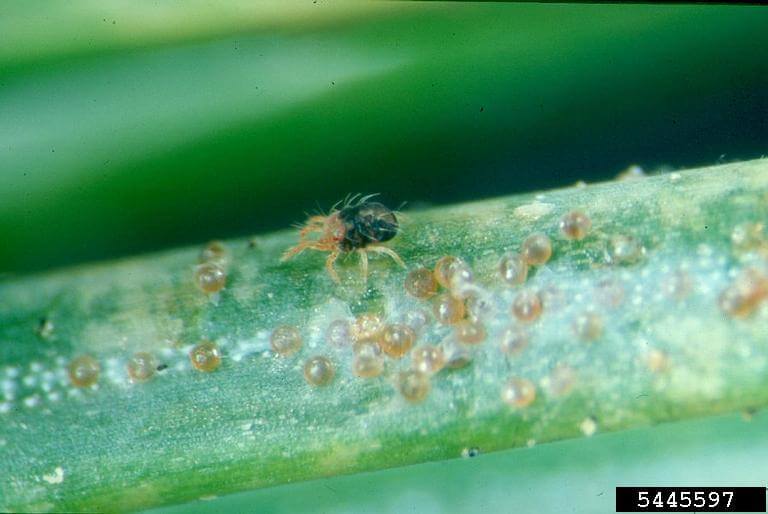
Aug 23, 2018 | Garden Care, Pest Control
We have written a number of blog posts this year about how important water is to the health of your plants. Spider mites are one more example of why plants need enough water. Our summer’s hot, dry weather is hard on your plants. It is easy for them to get drought...
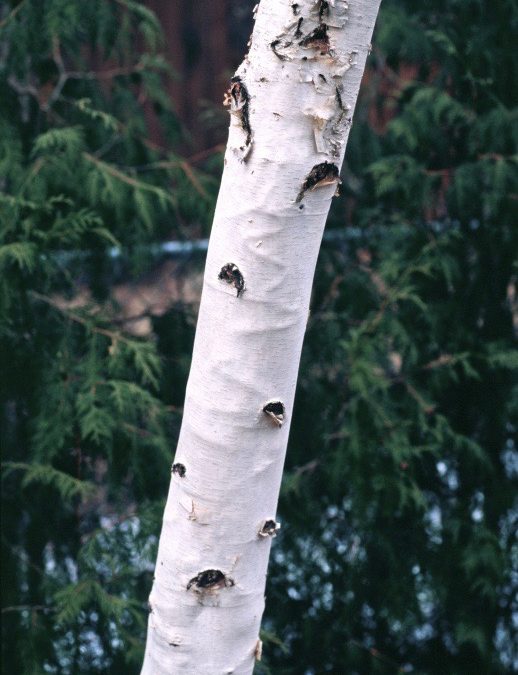
Jun 27, 2018 | Pest Control, Watering
If you have plants with insect problems, the worst action you can take is not watering the plants. Many insects only target weak plants. When a plant goes into any kind of stress, it has a different color. This sends a different vibration that is picked up by insects....
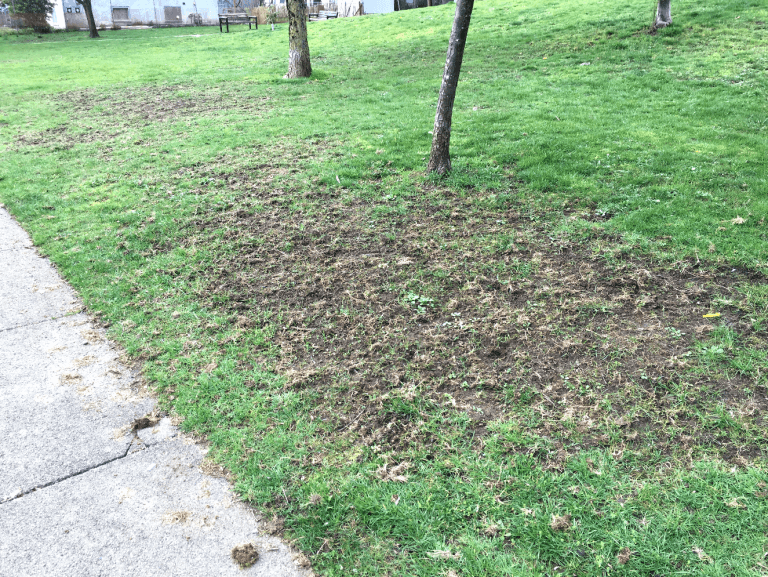
Mar 8, 2018 | Lawn Care, Pest Control
What is a chafer beetle? The European chafer beetle is a serious lawn pest. It was introduced to Washington state in 2015. Why should you care? Chafer beetle larvae feed on the roots of turf grass. Many animals find the larvae or grubs irresistible. This includes...
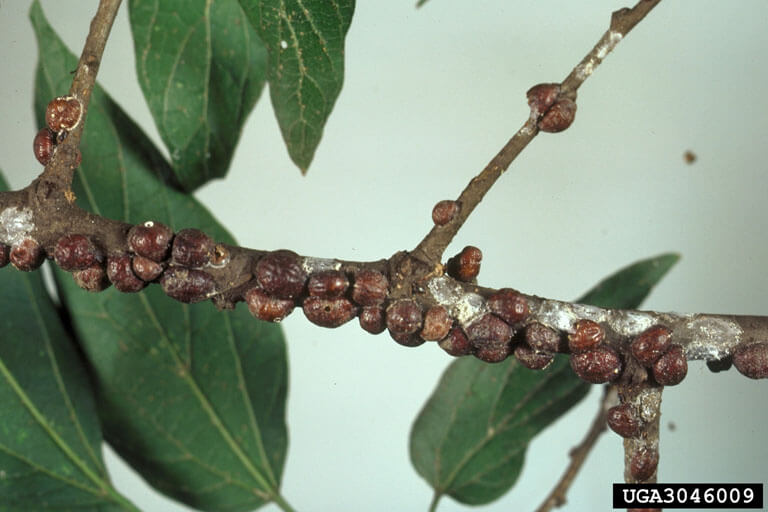
Jan 18, 2018 | Garden Care, Pest Control
Some unwanted insects and mites survive the winter on the bark of trees and shrubs. In Harmony applies dormant oils as needed in winter to manage these pests. We use dormant oils to control soft-bodied pests such as scales, mites and aphids. Oils are commonly used on...
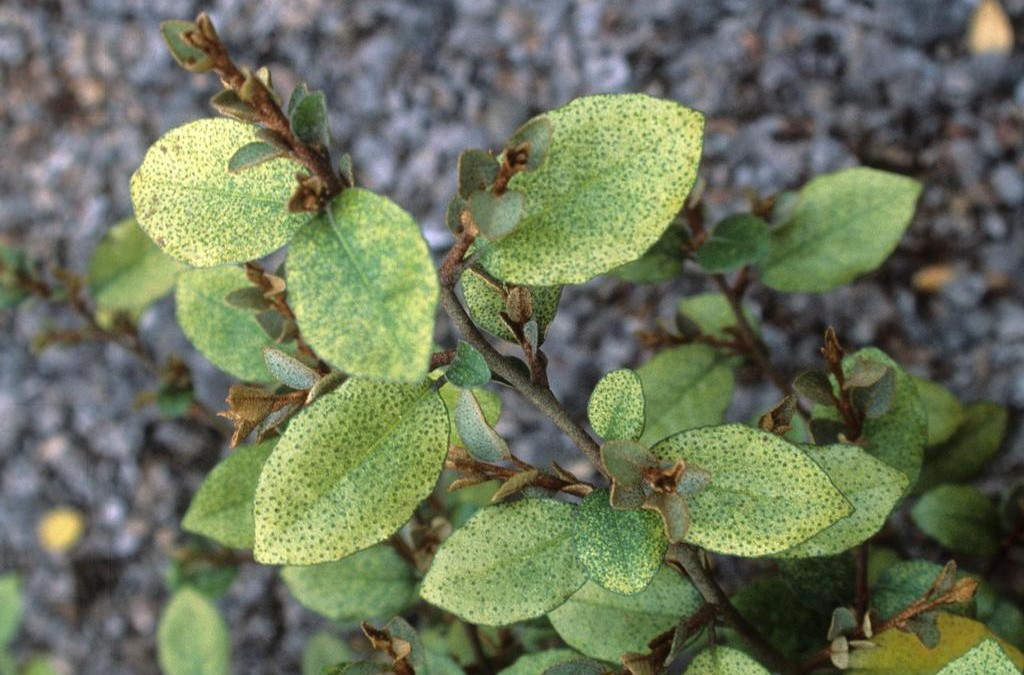
Aug 1, 2017 | Garden Care, Pest Control
Hot, dry weather is tough on plants. Plants under water stress are highly susceptible to pest damage. A common pest in landscapes and gardens is spider mites. Spider mites damage plants by sucking juice from the underside of leaves. Unfortunately, they are often not...

May 16, 2017 | Garden Care, Pest Control
Lace bugs are a problem pest in the Pacific Northwest. Our mild climate means cold weather is unlikely to kill off lace bug in any of its life stages. We wrote about lace bugs last summer. At the time we said you could reduce the problem by taking action in the...

May 2, 2017 | Lawn Care, Pest Control, Video
Last May we published a blog post on how to manage moles in your yard. It was one of our most popular blog posts ever. It’s probably because many of you struggle with these small but destructive critters. We are posting it again as a public service to our...
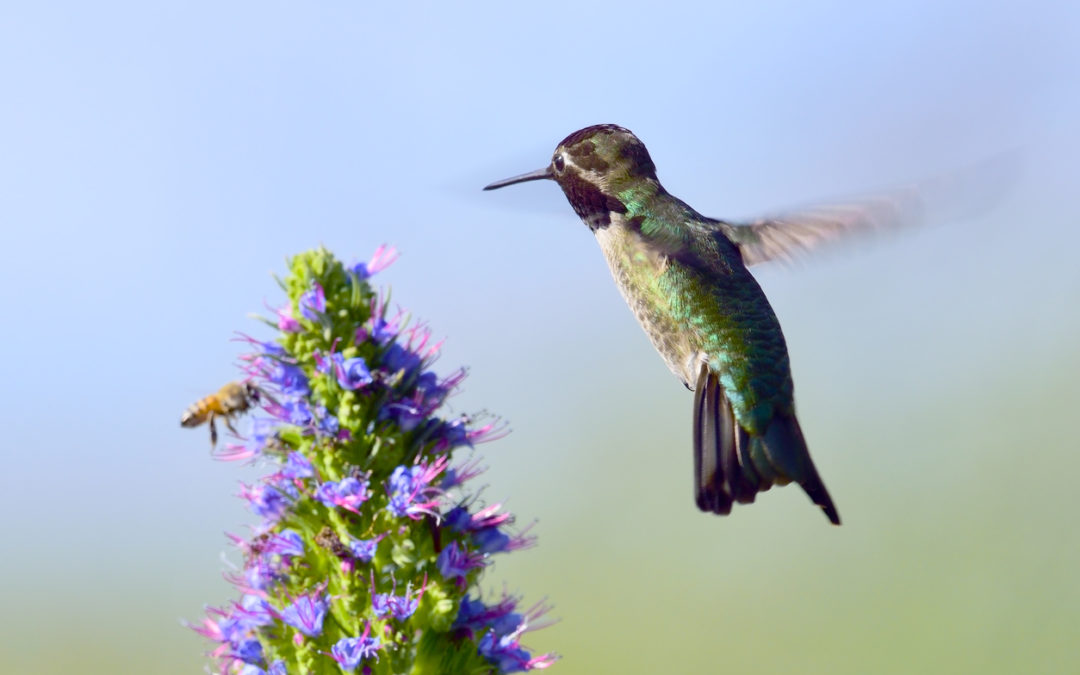
Apr 11, 2017 | Eco-friendly Gardening, Pest Control, Wildlife
April is Earth Month. Each week this month we will feature a blog post about steps you can take to help protect our planet. This week’s feature is good bugs and birds. Welcome bees and other beneficial insects, birds and other wildlife to your yard. Attracting good...
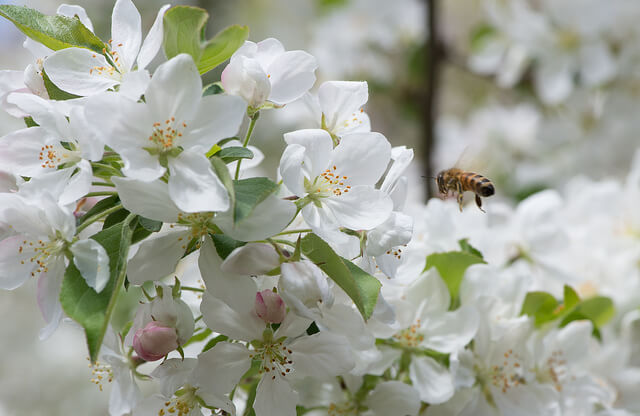
Mar 30, 2017 | Disease Control, Pest Control, Tree Care, Video
It’s spring, and delicate pink and white blossoms are appearing on many trees. Ah, the fragrance of a flowering cherry! Early spring is the time to prepare your trees for healthy growth this season. Get a head start on preventing pests and diseases on fruit...

Mar 23, 2017 | Eco-friendly Gardening, Garden Care, Pest Control
Most of us recognize an adult lady beetle (lady bug). But many don’t know the larvae. They’re weird-looking critters: we may think they’re dangerous. But they are valuable predators of garden pests. Lady beetle larvae are alligator-shaped with black...
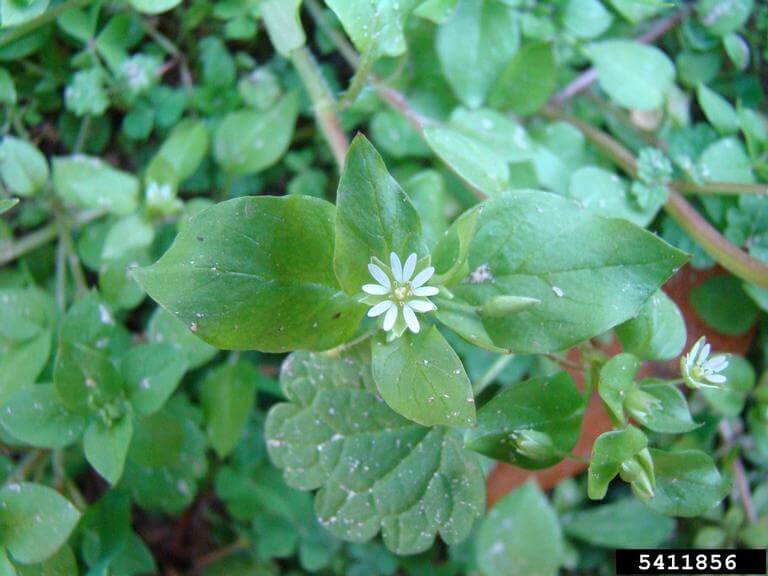
Oct 25, 2016 | Disease Control, Eco-friendly Gardening, Garden Care, Pest Control, Tree Care
Cleaning up your garden now will make your plants healthier next year. If you can prevent pests, diseases and weed seeds from overwintering, you’ll have a head start next year. And you’ll have less work to do if you can prevent problems before they start. Weeds,...
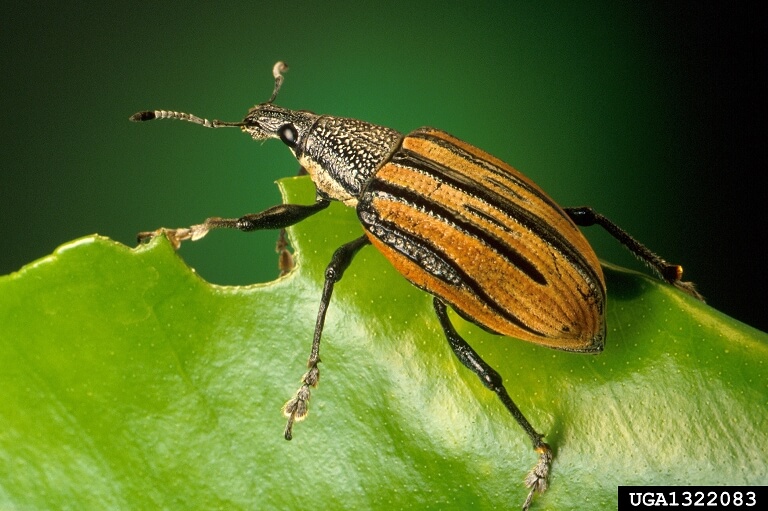
Oct 13, 2016 | Garden Care, Pest Control
It seems like the root weevil notching appears out of nowhere. Because the adult root weevils feed at night, we see the damage but no insects. Notched leaves, especially along the edges, are a sign that root weevils are at work. These insects primarily chew on...
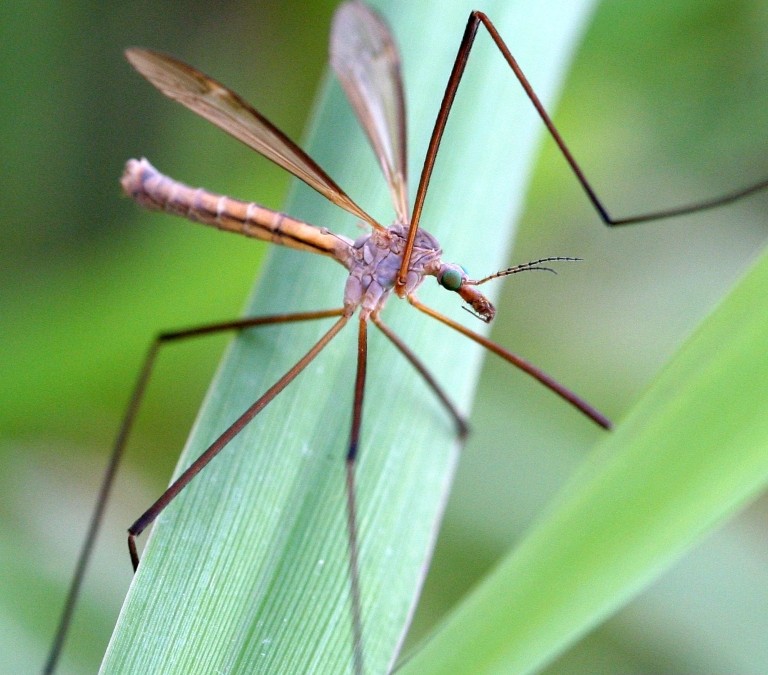
Oct 6, 2016 | Lawn Care, Pest Control
Adult crane flies emerge from the soil beneath lawns and other grassy areas in late summer and fall. They have very long legs and look like large mosquitoes. They may drive you crazy, but they are harmless. They don’t bite or sting. Contrary to what chemical...

Aug 16, 2016 | Garden Care, Pest Control, Recommended Plants
Plants that are drought stressed are more susceptible to insect pests and diseases. As we discussed in last week’s post about drought stress in trees, stressed plants often emit distress signals that many damaging insects pick up on. We are seeing signs of lace...
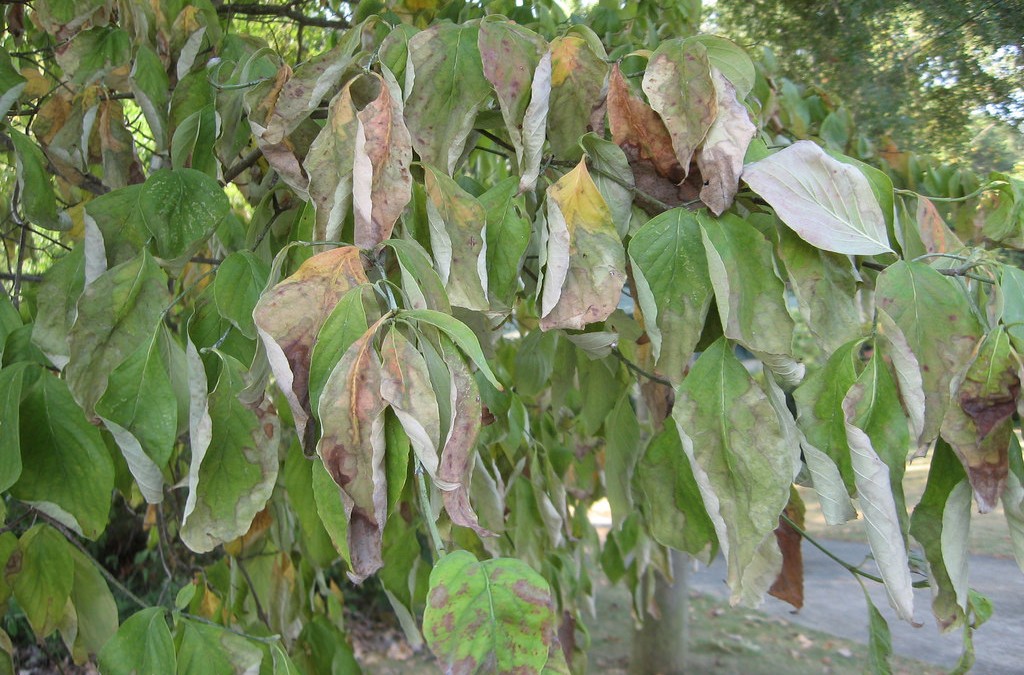
Aug 9, 2016 | Garden Care, Pest Control, Tree Care, Watering
Our mild climate allows us to grow many different types of plants. But they won’t thrive unless they get the moisture that they need to survive. Water is essential for the health of all plants. Sometimes we can be lulled into thinking that the occasional rain that we...
















